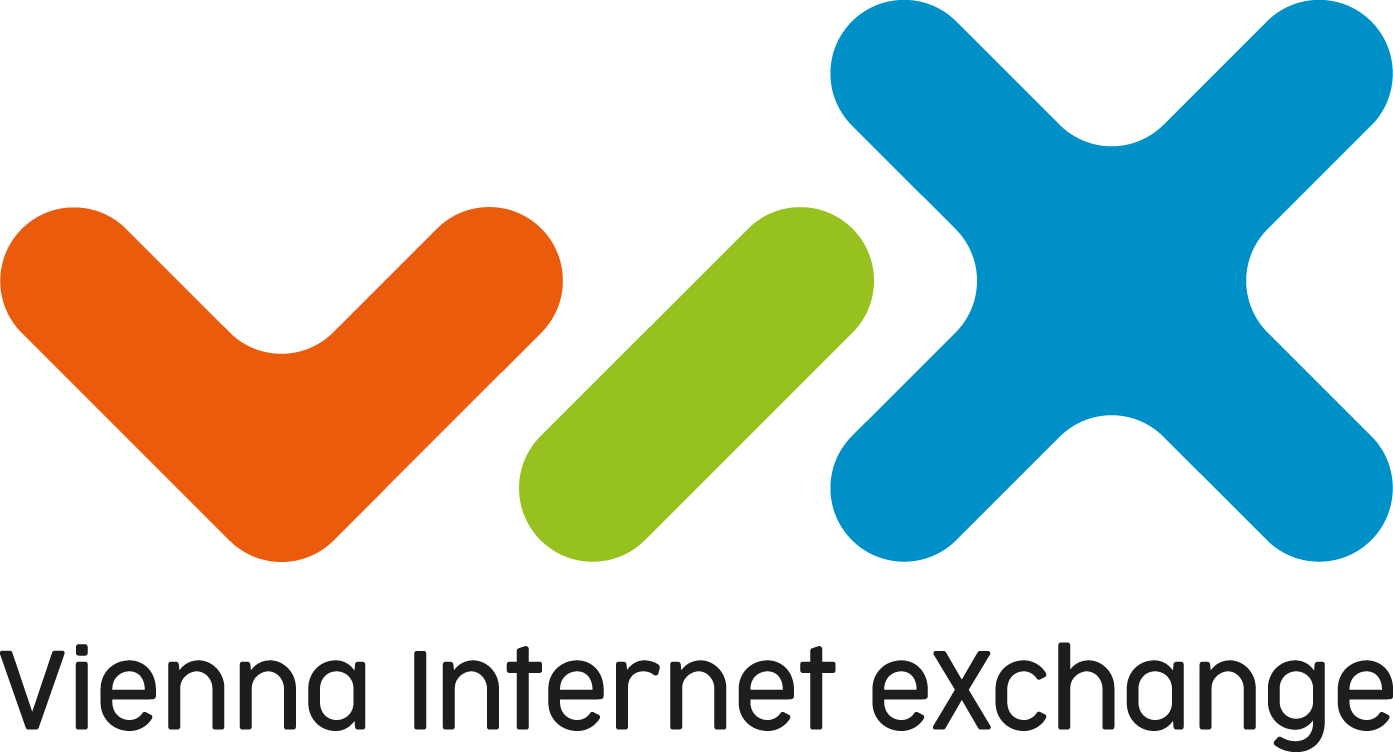Connection Types
In order to exchange data traffic with other VIX participants, your peering router must be connected to the VIX infrastructure. This is possible in three different ways.
Local Connection
The preferred method is to install a peering router at one or more VIX locations and to connect it directly to the local VIX switch.
- VIX1: The University of Vienna only offers limited housing, mainly for peering routers. If you are interested, please contact us at admin (at) vix.at.
- VIX2 / VIX3: Digital Realty and NTT offer all kinds of colocation services. Please contact vienna.info (at) digitalrealty.com (VIX2) or dc.emea.sales (at) global.ntt (VIX3) directly.
The current prices for a local VIX connection (excluding housing) can be found in our cost overview.
Remote Connection
An alternative way to connect to VIX is to use a fiber optic cable or Layer2/Ethernet carrier link (DWDM, EoMPLS, VLAN) from the peering router abroad to one of the VIX locations. For a list of providers of such uplink services to VIX, see Carriers.
In the case of remote connections, VIX charges the applicable costs for installation and switch ports. The costs for the uplink will be charged additionally by the carrier.
Reseller Connection
With this variant, a remote connection to the VIX infrastructure in Vienna is set up by a VIX contractual partner (reseller). The benefits are:
- One-stop shop - the reseller provides IP transport, VIX peering and customer service.
- The remote peering port is delivered directly to you by the reseller.
- Resellers also offer lower port capacities (from 500 Mbps).
The contract for the VIX connection is concluded directly between you and the reseller. The costs are determined and charged by the reseller.
